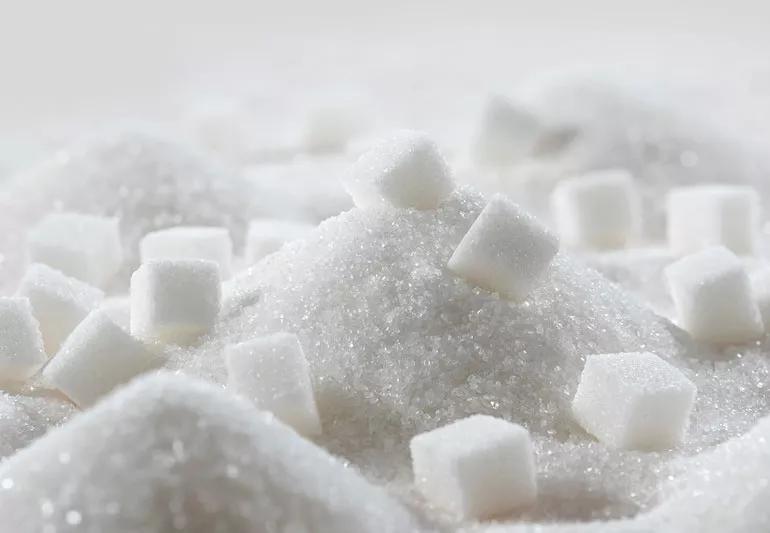
It’s easy to look at candy and know it’s a sugary food. Ditto for dessert table delights like cakes and cookies. Nobody’s going to be surprised to see ooey-gooey ice cream on the list, either.
Cleveland Clinic is a non-profit academic medical center. Advertising on our site helps support our mission. We do not endorse non-Cleveland Clinic products or services. Policy
But do you think “sugar bomb” when you look at a jar of pasta sauce? Or whole-grain cereal? Or fruited yogurt? Certain varieties of those foods actually have gobs of added sugar — and that’s really not good for you.
Limiting sugar intake is important for your overall health. Too much added sugar can increase your risk of Type 2 diabetes, heart disease and obesity.
But where is the line between what’s OK to consume and what might cause damage to your body? And how can you best avoid going over that line? Let’s find the “sweet spot” in this dietary dilemma with registered dietitian Beth Czerwony, RD, LD.
Discussions about sugar consumption and health typically focus on “added sugars.” These would be sweeteners added to foods while they’re being processed and prepared. (More on that in a bit.)
All of this “added sugar” makes what you eat and drink taste pretty delish. But it also adds a lot of calories with no real nutritional benefit.
“Other than happy tastebuds, your body gets no benefit from added sugars,” reiterates Czerwony.
That’s why current dietary guidelines recommend keeping added sugars to less than 10% of your daily caloric intake. So, if you consume 2,000 calories a day, no more than 200 of those calories should come from added sugar.
Those 200 calories equal 12 teaspoons (48 grams) of added sugar. To put that in perspective, a single can of soda may contain a full day’s worth of added sugar.
The truth is that added sugar can be tough to avoid. Researchers scanning American grocery shelves found that 68% of barcoded food contained added sweeteners. That’s more than 2 out of 3 items in the average cart.
The really sneaky part? Added sugar goes by many names on ingredient lists, shares Czerwony. Aliases include:
Now some good news: Recent changes to the Nutrition Facts label on packaged foods and drinks makes it easier to identify added sugars. The redesign by the U.S. Food and Drug Administration (FDA) includes a designated spot for added sugars.
The new standard requires manufacturers to share the amount of added sugar per serving in the food product, as well as how that fits (% daily value) within a 2,000-calorie diet.
“Looking at the label is important if you want to manage sugar intake,” says Czerwony. “You’ll probably be surprised at the amount of added sugar in food where you really don’t expect to find it.”
Sugar isn’t just “added” to foods. In some cases, such as fruit and dairy milk, sugar is just there naturally. So, why isn’t that a big worry?
“Your body typically handles natural sugars better than sugar added to food for a sweetener effect,” explains Czerwony. “Plus, many of the foods with natural sugar offer other nutritional benefits that aren’t in processed foods.”
So, while a banana or glass of milk may be higher in sugar, other vitamins and nutrients help offset that dose of sweetness.
You’re also less likely to overdo it on fruit or milk as opposed to annihilating a bag of cookies. “We don’t have many people coming to us in healthcare with worries that they’re overdoing it on apples,” notes Czerwony.
I’m addicted to sugar. It’s a self-assessment that Czerwony often hears in her line of work. So, let’s start with some good news: A sugar addiction is NOT a diagnosis you’re going to have on your medical record.
But if you’re worried about eating too much sugary food, try these tips: